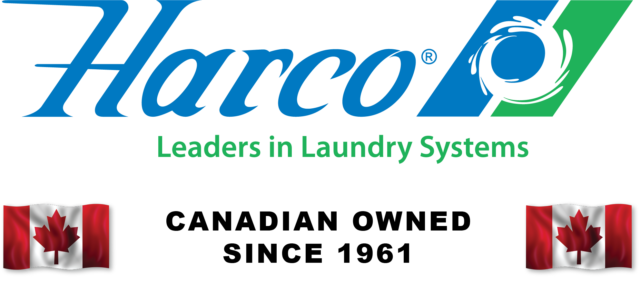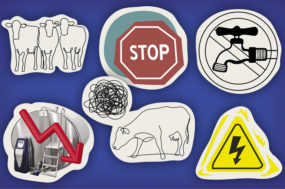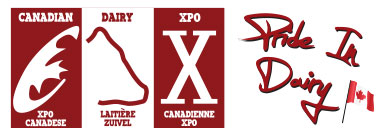
Attendees can kick-start their day with a complimentary buttermilk pancake breakfast offered each morning from 8 to 9 a.m.
The event will showcase a tradeshow – tailored exclusively to the dairy industry. It also features:
- Dairy Classroom – 9 a.m. to 4 p.m., Wednesday only
- Milking Robot Showcase – 9:30 a.m. & 1:30 p.m., daily
- New Dairy Product Demonstrations – 10 a.m. & 2 p.m., daily
- Hay Innovation Circuit Demonstrations – 10:30 a.m. & 2:30 p.m., daily
- Dairy Farm F.I.T.N.E.S.S. Program – 1 p.m., daily
- All You Need Is Cheese Seminar – 10:30 a.m., 11:30 a.m., 1:30 p.m. & 2:30 p.m., Thursday
- How to Minimize Protein Costs Presentation – 11 a.m., Thursday
- Embryo Queen Showcase – Ongoing, daily (Auction at 3 p.m. Thursday)
- Genetics at Work – Dairy Daughter Display – Ongoing, daily
- Mini Mixer Feeding Demonstration – On demand, daily
On Wednesday evening, CDX is hosting a complimentary networking function to connect dairy producers, industry and general consumers.
CheeseFest will be held from 4 to 7 p.m. and will feature a cheese buffet, live cooking demo, entertainment, local wine and micro brews and 4-H youth fundraising activities.
Click here for more information, or see below.
Dairy Classroom
Wednesday, Feb. 6
9 a.m – Introduction and welcome
9:10–10:10 a.m
Genetic Advancement: Immunity+ and High Immune Response Technology
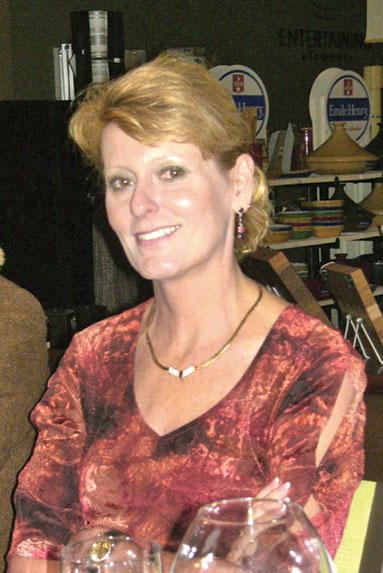
Brad Sayles, Vice President Global Marketing, Semex Alliance
Dr. Bonnie Mallard, Professor of Immunogenetics – OVC, University of Guelph
Semex and the University of Guelph announce a new discovery – High Immune Response (HIR) – a trait identifier technology to select bulls containing the strongest disease-resistant immune systems.
These Immunity+ bulls are high immune responders and pass these beneficial health traits on to their offspring.
Why is this topic important?
MALLARD: The topic is relevant since the High Immune Response (HIR) technology is a new genetic and management tool to help naturally improve immunity and disease resistance of dairy cattle.
What do you hope attendees will take away from this presentation?
MALLARD: The immune system is critical in controlling resistance to foreign pathogens. Immune responses are genetically inherited traits.
Therefore it is possible to identify and select animals with the most robust and balanced immune responses. This is the principle behind the HIR technology for improving the health of dairy cattle by taking advantage of their inherent ability to make an effective and appropriate immune response.
10:10–11:10 a.m.
Technology & Social Media: From the farm to the future – embracing new tools to stay informed, improve productivity and enhance communication
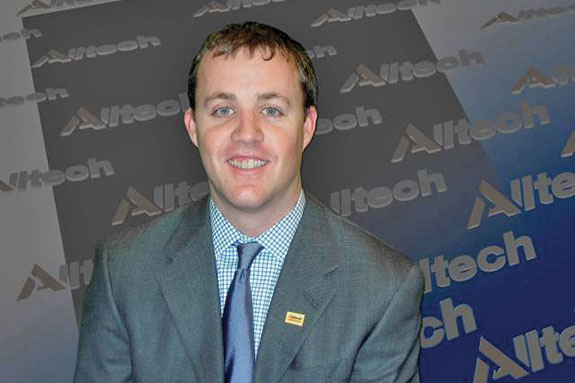 Billy Frey, General Manager, Alltech Ag Network
Billy Frey, General Manager, Alltech Ag Network
Frey was the lead behind the Alltech Ag Network, which was developed as a web-based agricultural channel.
The network will broadcast live streaming of the dairy classroom program.
Frey will speak on cool agricultural apps and using social media as an on-farm tool.
Why is this topic important?
FREY: Online-based tools are not only the future; they’re the present.
We must use all of the tools in our arsenal to stay abreast of the latest developments in order to move forward, and online tools help us achieve those goals expeditiously.
What do you hope attendees will take away from this presentation?
FREY: I hope they will view their future in a different way, wiping away preconceived notions on how they can accomplish their goals in food
production.
11:10 a.m.–12:10 p.m.
Nutrition: Advances in protein and amino acid nutrition with emphasis on transition cows
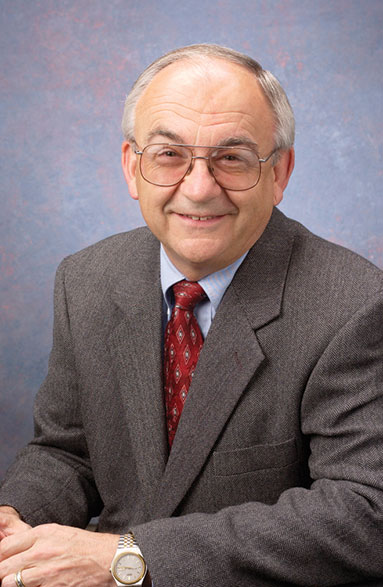
Dr. Charles Schwab, Professor Emeritus of Animal Science, University of New Hampshire
Schwab will speak on advances in protein/amino acid nutrition and implications on milk production/efficiency of nitrogen utilization.
He is internationally recognized for his research on the amino acid nutrition of dairy cattle – a trendy and important look into rumen functionality of your cows.
Why is this topic important?
SCHWAB: This topic is important because of the central role of protein and amino acids in animal health and production and the impact of enhanced protein feeding on transition cows and the nitrogen economy of milk production.
Protein nutrition has evolved from balancing rations for crude protein to balancing for rumen-degradable protein (RDP), rumen-undegraded feed protein (RUP) and amino acids in digestible protein.
Rumen bacteria require RDP for microbial growth and synthesis of microbial protein. Underfeeding RDP decreases microbial activity and milk production, while overfeeding contributes to nitrogen wastage.
Cows require amino acids, the building blocks for protein in the body and milk. Amino acids are provided by microbial protein and RUP.
Continued advances in feed analysis and ration formulation models, and greater availability of more rigorously tested protein and amino acid supplements, allow for more precise balancing of RDP, RUP and amino acids.
Balancing rations correctly for protein and amino acids is most important for optimizing rumen function and animal performance, for feeding less protein and greater herd profitability.
The environmental advantages of feeding low-protein diets are well-known. Health and production impacts are greatest in transition cows.
What do you hope attendees will take away from this presentation?
SCHWAB: To appreciate the advances that have been made in protein and amino acid nutrition and how implementing current knowledge impacts cow health, the nitrogen economy of milk production and dairy herd profitability.
Also, to understand that while nutritional models and our understanding of requirements continue to evolve, many nutritionists across North America have kept pace with the advances and continue to ask, what’s next?
1:00–2:30 p.m.
Global Dairy Summit Meeting
Willard DeGolyer, Table Rock Farms, Castile, New York, U.S.
Howell Richards, Cwrtmalle Limited, Carmarthen, South Wales
Balazs Fekete, Hod-Mezogazda Co., Hódmezövásárheley, Hungary (tentative)
Jacek Wyrebski, Osieciny Farm, Poland
Leonardo Lopes Garcia, Sekita Agronegócios, Minas Gerais, Brazil
Five large commercial dairymen from around the globe travel to CDX. These top dairy producers have been selected from five leading dairy milk production countries to discuss global dairy trends and on-farm innovation.
A 30-minute question period from producers attending the dairy classroom will follow.
2:30–3:30 p.m.
Economics and Animal Welfare: CowSignals
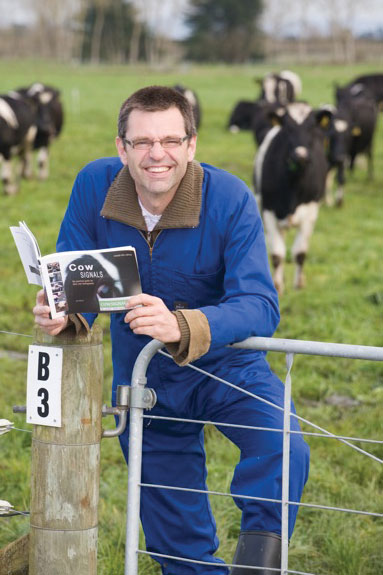
Joep Driessen, Vet/Director/Founder, CowSignals
Driessen will speak on practical cattle management and the cow signals behind housing, health and care.
Driessen and his team train cattle farmers, feed consultants, breeding consultants, barn design consultants, vets and others in the field of practical cattle management.
CowSignals has expanded its internationally recognized package of knowledge, tried and tested lectures and practical training courses on the topics of cow signals, hooves, youngstock, dry period and transition, robotic milking and housing.
Why is this topic important?
DRIESSEN: Let your cows do the talking! Learn to understand body language and let your cows produce happily twice as long.
What do you hope attendees will take away from this presentation?
DRIESSEN: A lot of practical tips to prevent disease and owner-itis (tunnel vision, disease of the owner, etc.).
3:30–4 p.m.
Consumer Connection
Celebrity Chef Lynn Crawford, Head Chef & Food Network guru
Crawford will be speaking on consumer opportunities within the dairy category, the passion of cheese and high-quality healthy dairy products.
Crawford is known for her hit series on the Food Network Pitchin’ In and her critically acclaimed Toronto restaurant Ruby Watchco. She will be working with 4-H youth in the Homegrown Kitchen and conducting a high-impact cheese cooking demo at CheeseFEST.
Milking robot demonstrations
In the last 15 years, milking robotics and on-farm automation have gone from expensive curiosities to redefining the dairy farm.
The growing use of robotics on Canadian dairy farms demonstrates this technology is not only proven, but that there isn’t just one approach to farming anymore.
The Canadian Dairy XPO will showcase four global robotic manufacturers, allowing dairy producers a chance to see and compare the latest in robotic milking excellence. Features include: single- box robots, double-box robots, side and rear entry robot arms, and comprehensive management software.
New dairy product demonstrations
• Real-Time Somatic Cell Count Testing Using an iPhone – Milk Guardian, using patents-pending technology from Dairy Quality Inc., can perform somatic cell count testing cow-side, right in the milking parlour.
Using Milk Guardian and an iPhone, SCC readings can be determined in seconds. A sample is drawn and the device scans the milk. An image is captured and analyzed and results are displayed on the iPhone seconds later.
• Live Colostrum Management/Feeding Demo – ColoQuick provides the dairy farmer with an easy tool that significantly reduces the risk for contamination by keeping the colostrum in individual portions from the time it is harvested to the time it’s consumed and everything in between (quality measuring, pasteurizing, freezing, storing, thawing and feeding).
The unique aspect of the ColoQuick system is a hygienic way of handling and storing colostrum without de-naturing it. These demos will show how pasteurized colostrum can be taken from frozen to feeding in less than 15 minutes and immediately fed to newborn calves.
Calf-care experts will also be available all day to answer questions about neonatal calf care, colostrum testing, proper pasteurizing methods and colostrum feeding.
• Live Demonstration of Transfaunation Using the Rumen – The Rumen-Mate, designed with its uniquely perforated rumen wand, has made the process of extracting rumen fluid from a donor cow simple and effective.
The process is called transfaunation and involves the removal of rumen fluid from a healthy herdmate that is then drenched into a sick cow.
Research at Cornell University also shows the benefit of using this rumen fluid to greatly reduce scours in calves’ first 14 days of life. Rumen fluid extraction demonstrations will be done by Dr. Wayne Ayers, who will also answer questions about the use of this procedure on modern commercial dairies and its benefits.
Hay innovation circuit demo
See the latest in cutting, raking, baling, tedders, wrappers, bale boxes and hay mergers for the modern dairy producer. PD
-- From PD Staff

